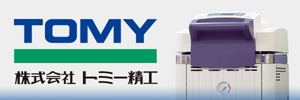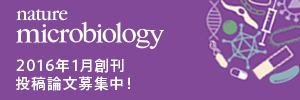PA-014:Structure, plasticity and robustness of microbiome in the colonies of a reef coral Acropora tenuis
1Res. Org. for Nano & Life Innovation, Waseda Univ., 2CREST, JST, 3Dept. of Life Sci. & Med. Biosci., Waseda Univ., 4Marine Genomics Unit, OIST, 5Faculty of Science, Univ. of the Ryukyus, 6TBRC, Univ. of the Ryukyus
[Introduction] Diverse microorganisms including prokaryotes and eukaryotic microalgae inhabit reef corals. Those microorganisms can reflect conditions of host coral colonies and/or coral reef environments. Here, we investigated microbiome dynamics of a reef coral Acropora tenuis under different environmental habitats through a year.
[Materials and methods] A. tenuis specimens were sampled from particular colonies in two different sites around Sesoko Island, Okinawa, Japan. One site called Ishikawabaru is at a bight whose mouse is protected by patch reefs, while the other site Sesoko-Minami is exposed to the open sea. Samplings were carried out almost every month from July 2014 to July 2015.
Metagenomic DNA from each coral tissue was used as template for PCR amplification of 16S rDNA V1-V2 region. The resulting amplicons were sequenced using Ion PGM. The sequence reads were subjected to quality control, clustering into operational taxonomic units (OTUs) and following phylogenetic analysis.
[Results and discussion] A. tenuis microbiome dynamics had features common in both sites and distinctive to one site. For example, the OTUs phylogenetically close to the genus Endozoicomonas, a symbiotic bacterial group in corals, decreased their proportions in February in both sites. Thereafter, however, the proportions in Ishikawabaru colonies recovered better compared to Sesoko-Minami colonies. In addition, we found colonies with remarkable microbiome individuality such as unusual high consistency or residence of distinctive OTUs across seasons. Our overall data suggested that structure, plasticity and robustness of microbiome in A. tenuis colonies are variable depending on site-specific factors and colony-specific factors.
keywords:coral,microbiome,marine environment,symbiosis




